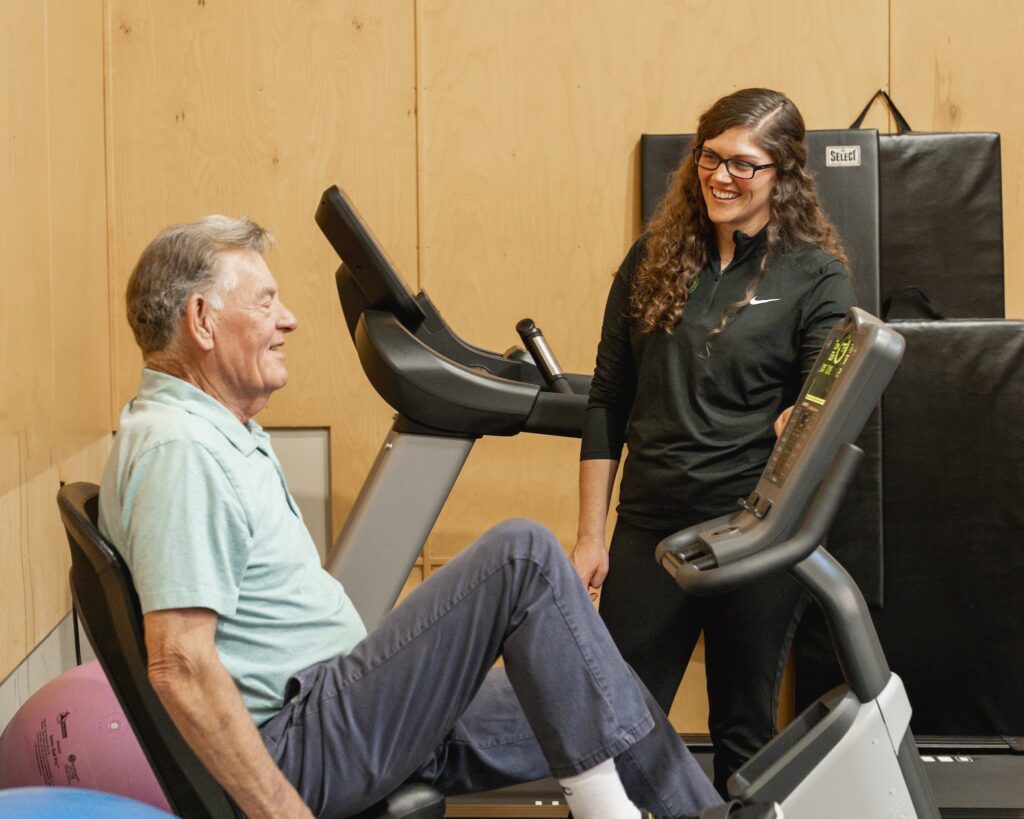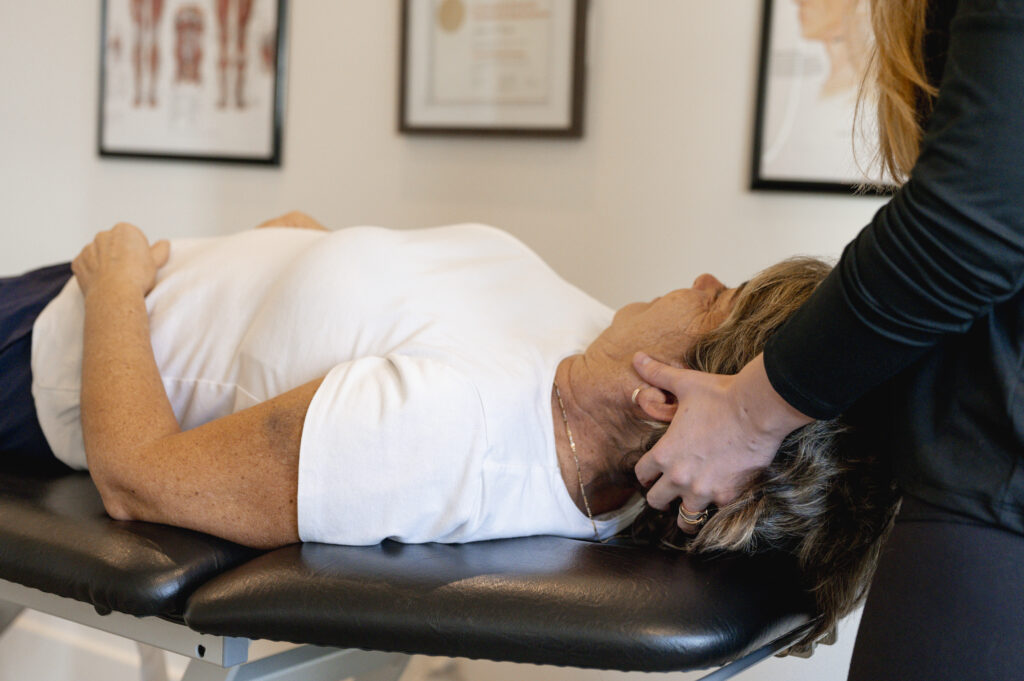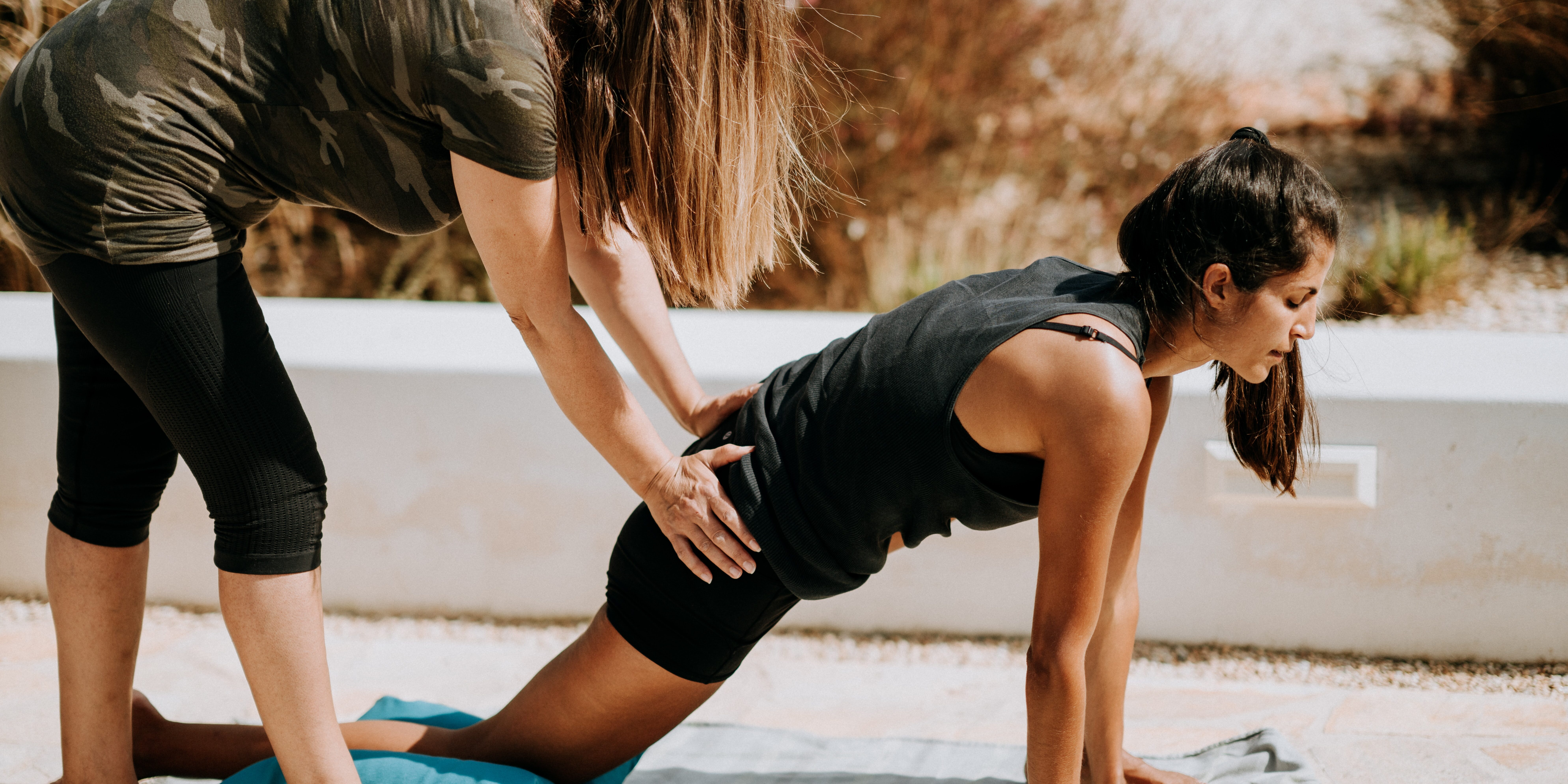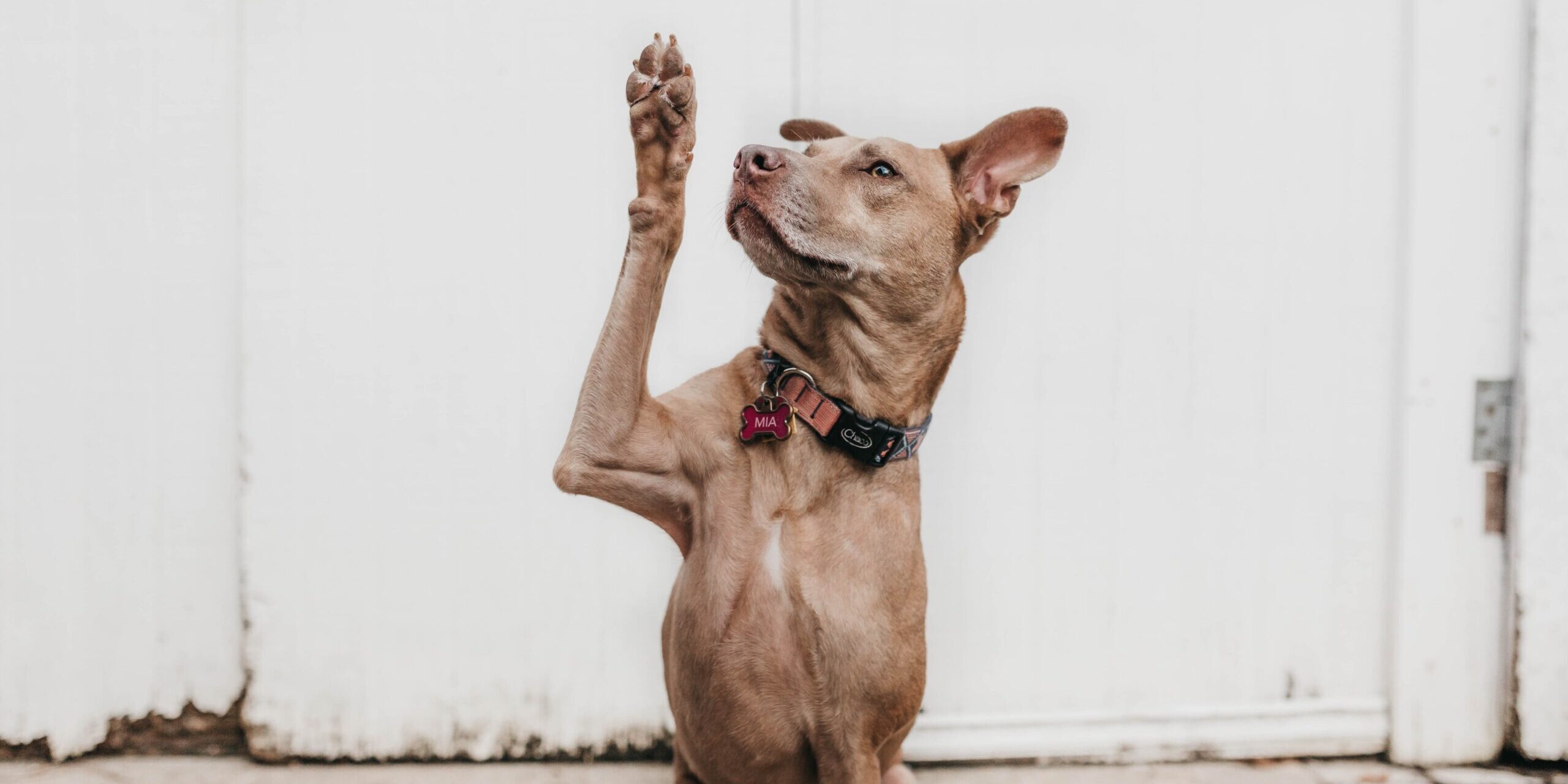As the population ages, the demand for effective healthcare solutions to improve the quality of life for elderly individuals becomes increasingly important. One such solution is physiotherapy, a field dedicated to enhancing physical health and well-being through various techniques and exercises. For elderly patients, physiotherapy can be a crucial component in maintaining mobility, reducing pain, and improving overall function. This blog explores some of the most effective physiotherapy techniques tailored for elderly patients.
1. Strength Training
Strength training is a cornerstone of physiotherapy for the elderly. As people age, muscle mass and strength naturally decline, leading to decreased mobility and a higher risk of falls. Strength training exercises, such as leg presses, bicep curls, and seated rows, can help counteract this decline. Physiotherapists often use resistance bands, light weights, or even body-weight exercises to improve muscle strength gradually. The key is to start with low resistance and progressively increase it as the patient’s strength improves.

2. Balance and Coordination Exercises
Falls are a significant concern for elderly individuals, often leading to serious injuries. Balance and coordination exercises are designed to reduce this risk by improving the body’s ability to maintain stability. Techniques such as standing on one foot, heel-to-toe walking, and using balance boards can be very effective. Additionally, Tai Chi, a gentle form of martial arts, has been shown to enhance balance and coordination, making it a popular choice in physiotherapy programs for the elderly.
3. Flexibility and Stretching
Maintaining flexibility is crucial for the elderly to perform daily activities comfortably. Flexibility exercises help keep the muscles and joints supple, reducing stiffness and increasing the range of motion. Stretching routines, including dynamic stretches like leg swings and static stretches such as hamstring stretches, are commonly incorporated into physiotherapy sessions. Regular stretching can help alleviate pain from conditions like arthritis and improve overall mobility.
4. Aerobic Exercises
Aerobic exercises are essential for cardiovascular health and overall stamina. For elderly patients, low-impact aerobic activities like walking, swimming, and cycling are particularly beneficial. These exercises not only improve heart health but also enhance lung capacity and promote better circulation. Physiotherapists may design tailored aerobic programs that consider the patient’s fitness level and any existing health conditions, ensuring the exercises are safe and effective.
5. Hydrotherapy
Hydrotherapy, or aquatic therapy, involves performing exercises in a pool. The buoyancy of water supports the body, reducing the strain on joints and muscles. This makes it an ideal environment for elderly patients, particularly those with arthritis or other joint-related issues. Hydrotherapy can improve strength, flexibility, and cardiovascular fitness while minimizing pain and discomfort. Additionally, the warm water used in hydrotherapy sessions can help relax muscles and reduce tension.
6. Manual Therapy
Manual therapy includes hands-on techniques such as massage, mobilization, and manipulation to alleviate pain and improve function. For elderly patients, manual therapy can be particularly beneficial in addressing chronic pain conditions like osteoarthritis or lower back pain. Physiotherapists use gentle, controlled movements to manipulate soft tissues and joints, which can help reduce pain, improve circulation, and enhance mobility.

7. Postural Training
Good posture is essential for preventing pain and improving function in elderly individuals. Postural training involves exercises and techniques designed to correct and maintain proper alignment of the body. Physiotherapists work with patients to strengthen the muscles that support good posture, such as the core and back muscles. Techniques might include specific exercises, education on proper body mechanics, and ergonomic adjustments to the patient’s living environment.
Conclusion
Physiotherapy offers a wide range of techniques that can significantly enhance the quality of life for elderly patients. By focusing on strength, balance, flexibility, cardiovascular health, and pain management, physiotherapists can help elderly individuals maintain their independence and enjoy a higher quality of life. Each technique is tailored to the unique needs and abilities of the patient, ensuring a safe and effective approach to physical health. As the elderly population continues to grow, the role of physiotherapy in promoting healthy aging will become increasingly vital.






